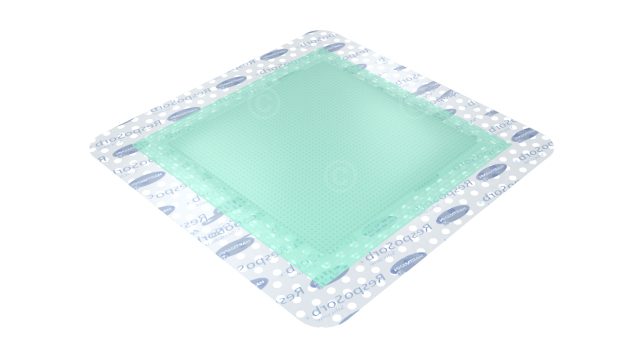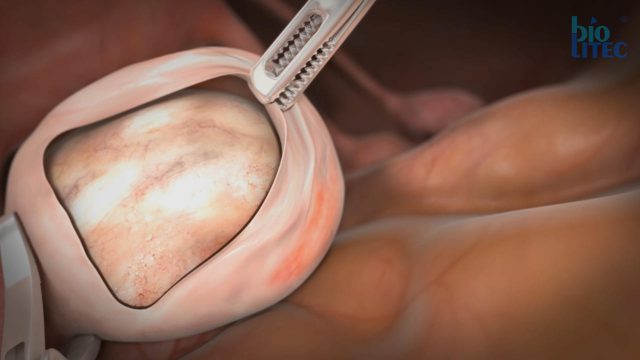The rights of use of the video sequences lie either with MedicalGraphics – Michael Hoffmann or with the respective clients. Music: Ian Alex Mac – Attribution 4.0 International (CC BY 4.0).
Animations are helpful in explaining a diagnosed disease to patients, describing an upcoming intervention, or communicating the next steps in therapy. For this purpose, a drawn, comic-like style is often chosen to provide content in a way that is as “light” as possible and less daunting. The focus of this type of animation is less on impressive visuals and more on making the topic as accessible as possible.
Explanatory film on disease
Especially in diseases where the patient’s adherence to therapy plays an important role in the recovery process, the explanation of the underlying causes is an important part of the successful course of therapy.
Animations for therapeutic measures
An animation can support explanations of therapeutic actions to treat a disease. For example: the explanation of a surgical procedure, exercises that the patient can perform independently, or advice on dietary changes and increased exercise.
Presentation of medical products
An explanatory film in 2D animated style can also be valuable for presenting and explaining the key features of medical products. Especially if the film is aimed at a non-specialist audience and this fits thematically.
Example projects animated explanatory films:






